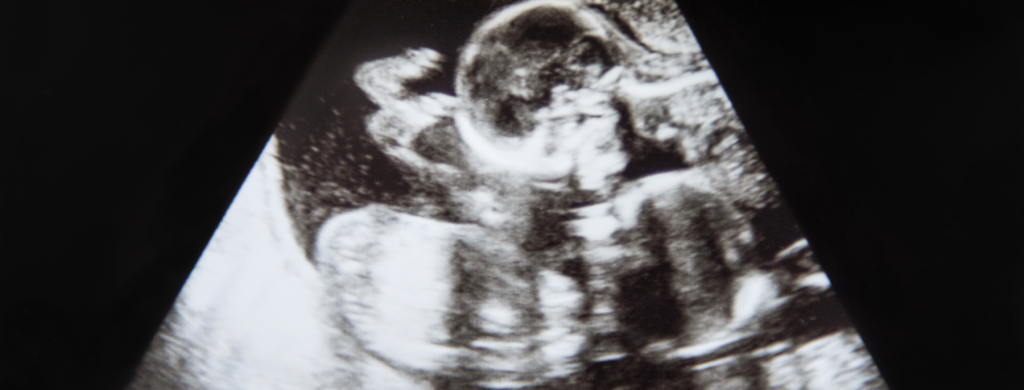Doctors have confirmed that two four-year-old children in Brisbane, Australia, are “semi-identical” twins, making them just the second case of this type of twin ever reported. The boy and girl, described today (February 28) in the New England Journal of Medicine, share identical DNA from their mother’s side, but only some DNA from their father’s side—a situation the authors suspect arose by two sperm cells fertilizing the same egg simultaneously.
“This is confirming there is this third type of twinning where it’s not fraternal and it’s not identical,” study coauthor Michael Terrence Gabbett of Queensland University of Technology in Brisbane tells Reuters Health. “It’s this strange place in between.”
The case was spotted after doctors took ultrasound scans of the mother’s womb. “The mother’s ultrasound at six weeks showed a single placenta and positioning of amniotic sacs that indicated she was expecting identical twins,” study coauthor Nicholas Fisk of the University of New South Wales says in a statement. “However, an ultrasound at 14 weeks showed the twins were male and female, which is not possible for identical twins.”
Genetic testing revealed that the children were identical, or monozygotic, on their maternal side, but shared 78 percent of their paternal genome, “which makes them genetically in between monozygotic and dizygotic; they are sesquizygotic,” the authors write in their paper.
Semi-identical twins are extremely rare—the last reported case was in 2007. The team analyzed genetic data from 968 fraternal twins as well as from other studies but found no other cases.
It’s thought that if two sperm simultaneously fertilize the same egg, the resulting cell with three sets of chromosomes will not be viable. In this case, the researchers suggest in their paper, after fertilization, the DNA from the egg and two sperm cells was divided into three cells, only two of which contained enough DNA to develop into viable embryos.
The health implications of sesquizygosity are not well understood, but Gabbett tells Reuters that there may be an increased risk of cancer of the reproductive organs. The girl has since has had her ovaries removed, he says, while “the boy is continuing to have his testes monitored” with ultrasound.
The girl developed a blood clot in her arm that the doctors think is unrelated to sesquizygosity, Gabbett adds. “Otherwise,” he tells Reuters, “the two twins are beautiful kids, well and healthy.”







